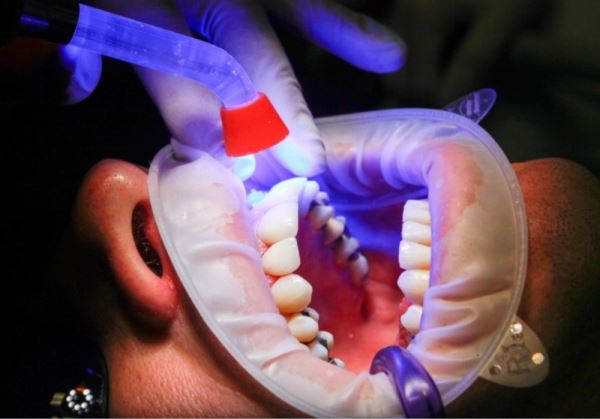Home / Blog
Our Blog
In Spain, between 1.2 and 1.4 million implants are placed per year
25 million inhabitants have lost at least one tooth in our country.
The General Council of Dentists recalls that the main objective of oral implantology is to recover the functionality of the oral cavity and not just something merely aesthetic.
The average number of teeth in young adults (35 to 44 years) in our country is 26 teeth and in older adults (65 to 74 years) 17 teeth, of the 32 total teeth. As a consequence, each year between 1.2 and 1.4 million implants are placed in Spain due to tooth loss.
Types of implants and care
Most dental implants are made of titanium or zirconium and are inserted into the bone tissue, simulating the root of the lost tooth.
There are several types of implant
- Unitary: replaces a single tooth and helps maintain healthy bone, through constant stimulation similar to that of a natural tooth.
- Implant-supported bridge: when more than one tooth is missing, the fixed bridge can be supported by implants to avoid damaging healthy teeth.
- Full arch: when all the teeth in an arch need to be replaced, some patients prefer that the prosthesis be supported by implants.
- If there is bleeding in the wound, place a dry gauze pressing the area for 15-20 minutes.
- If the area becomes inflamed, apply cold from the outside of the oral cavity and, if prescribed by the dentist, take analgesics or anti-inflammatories.
- Follow a bland diet and avoid eating very hot or cold foods.
- Avoid tobacco and alcohol, as they can cause implant failure.
- Be strict with oral hygiene, always using an ultra-soft surgical brush.
- Do not make physical efforts during the week after surgery and keep your head elevated when sleeping.

